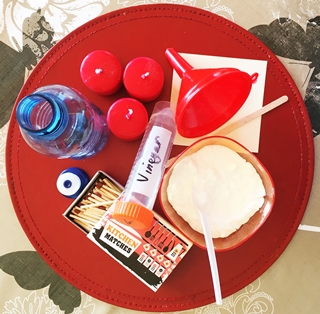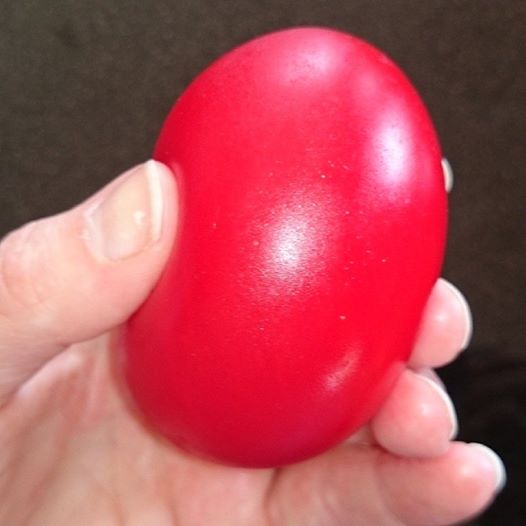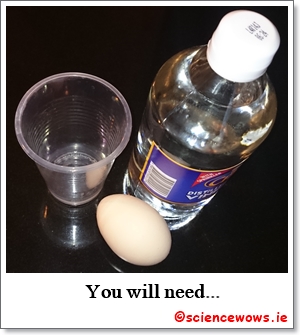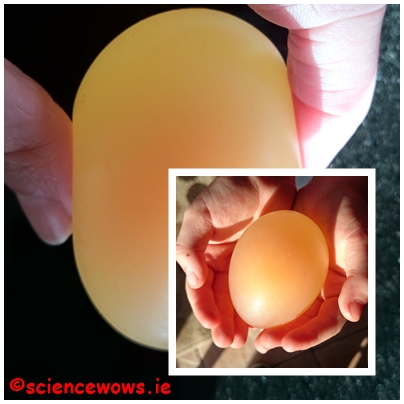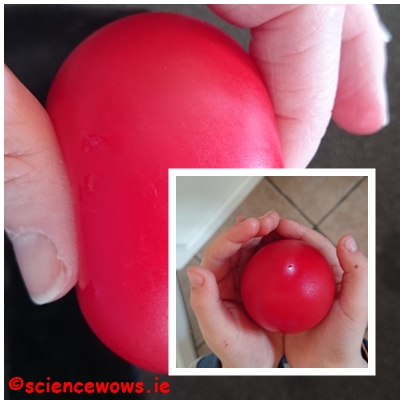Do you love science and want to try out some experiments yourself? Do you worry that you’ll need special equipment and expensive kits? FEAR NOT! There are so many science experiments you can do with things you have around your home RIGHT NOW! Just remember to always ask an adult’s permission. Finish drinking your water and save that bottle because we are going to share TEN amazing experiments with you… you’ll never look at a plastic bottle in the same way again!
A few months ago I promised to share ten experiments you can do with a simple plastic bottle. If you have been following me on Face Book you will have noticed that I have shared one every week and we reached ten no problem; I’ve compiled all the instruction videos here so that you can pick and choose which ones you want to do (or, even better, try all ten).
The reason I started this was because I was sick of seeing science experiment kits full of rubbish (I am not saying all science kits are rubbish, but I have seen my fair share lately). I wanted to show you that you can do plenty of science experiments from things you have around your own home. And what better example to use than a simple, humble, plastic bottle. A great example of reusing and recycling.
PLEASE NOTE: ALL THESE EXPERIMENTS REQUIRE ADULT SUPERVISION!
Without further ado… here are first five Science Experiments you can do with a plastic bottle:
-
make a fire extinguisher
2. Inflate a balloon
3. The Sneezing Alien Experiment
4. and 5. Ocean in a bottle experiment and Lava Lamp experiment
Those are the first five experiments. Have lots of fun with them, check back next week for the next five experiments. Remember to keep those bottles!
As always, we love to get comments and feedback so do let us know if you try some of these experiments; we’d love to know how you get on, did you make some of your own modifications and improvements to the experiments? Would you like us to share more video experiments?
